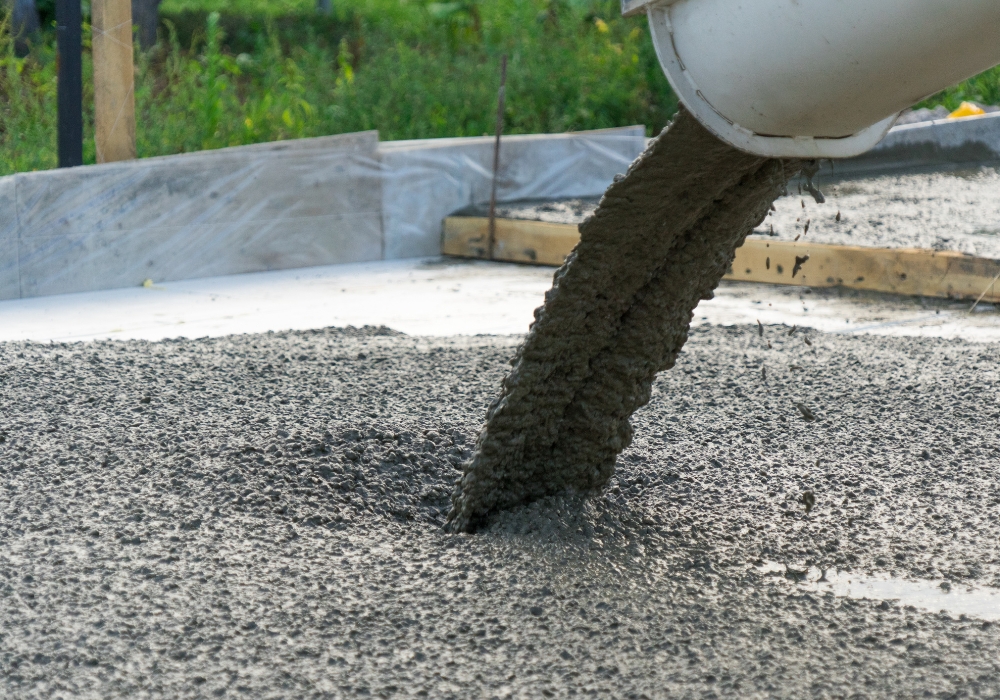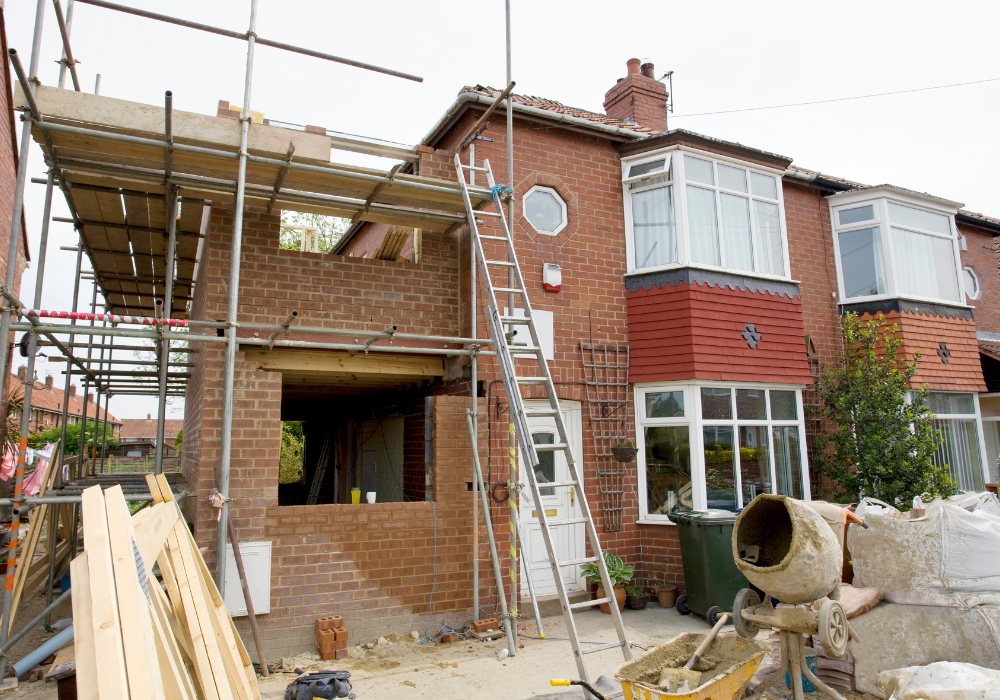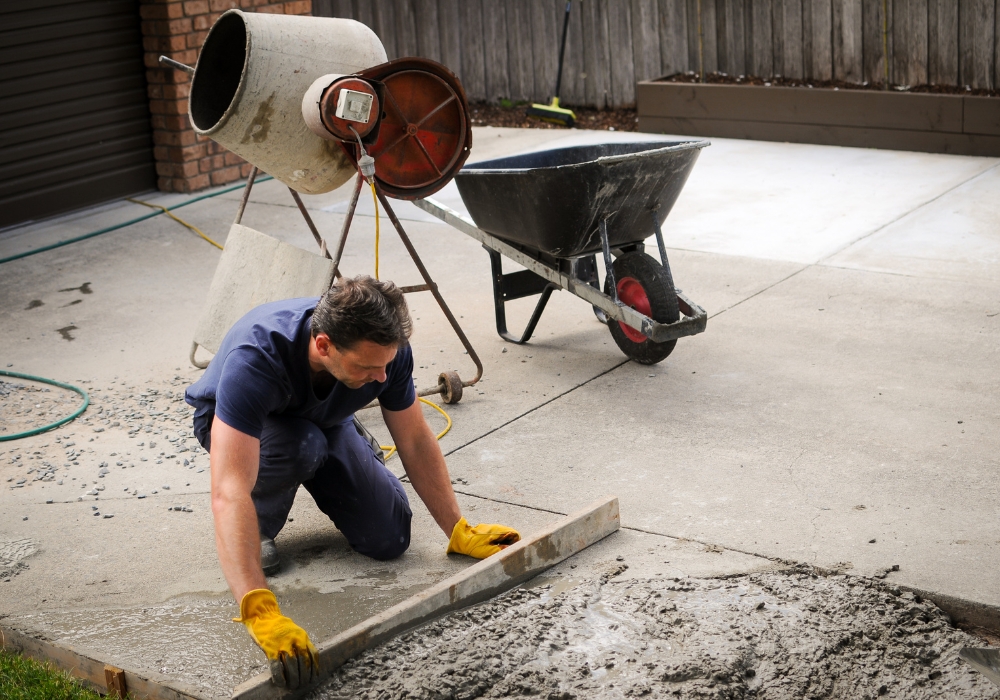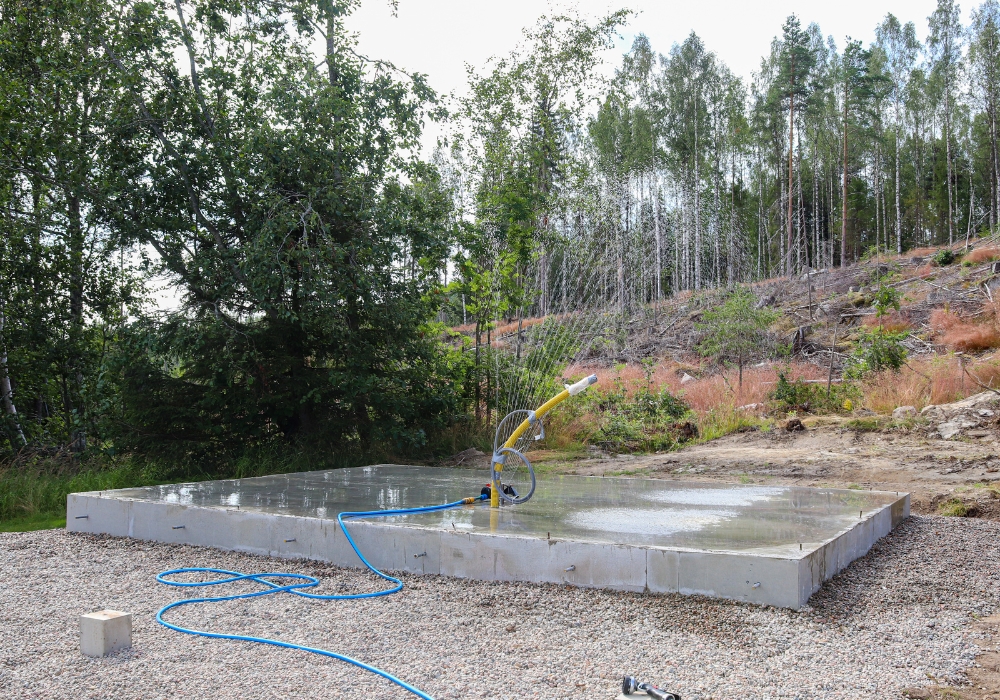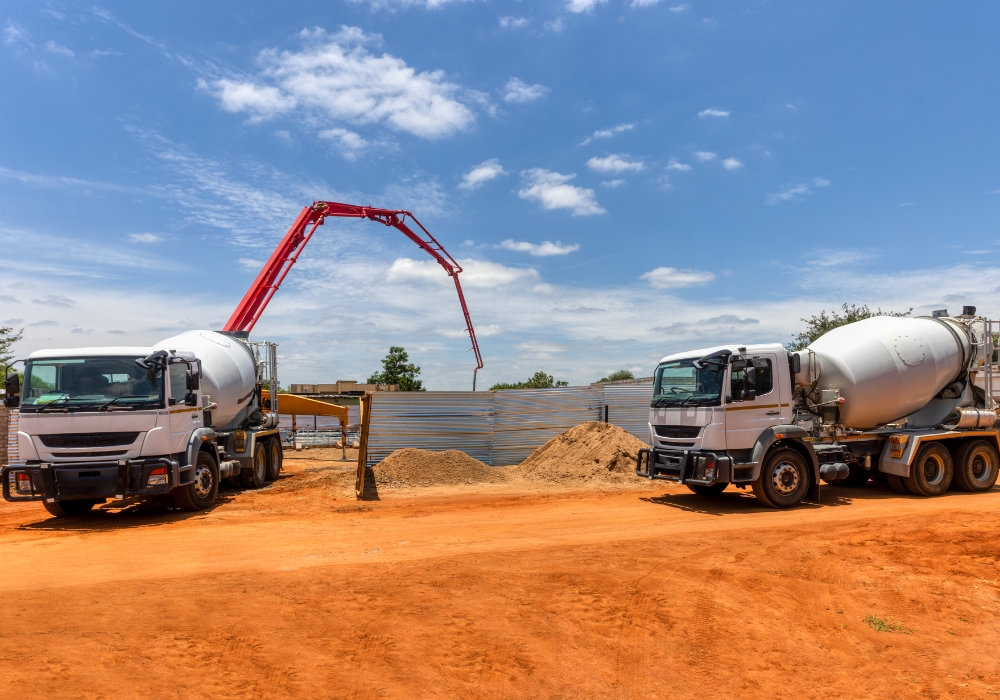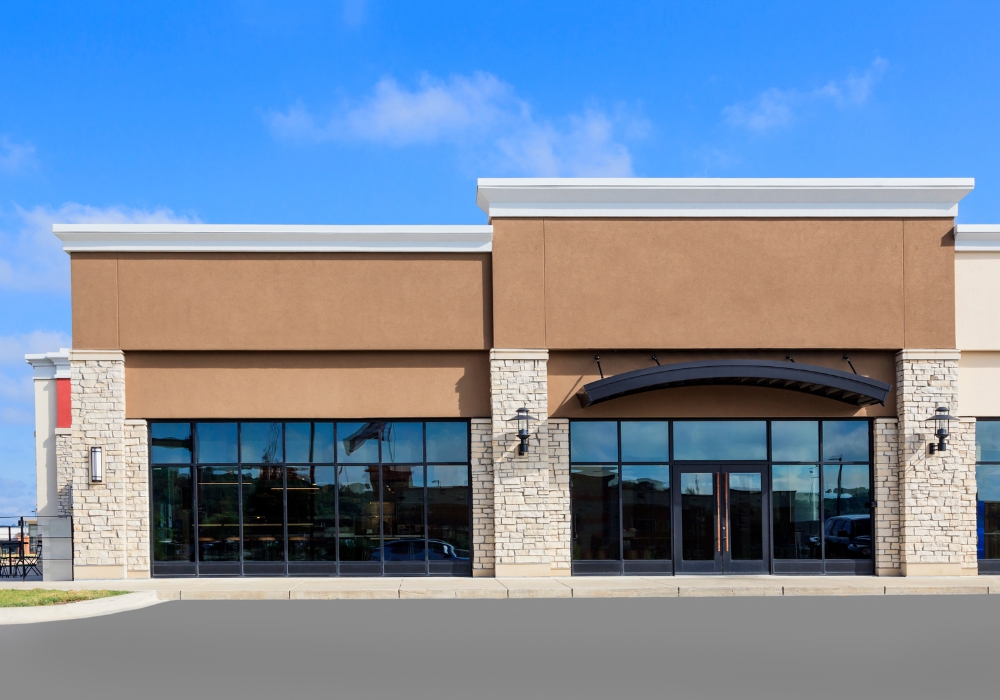Pouring a concrete slab is a key stage in most building projects. A slab creates a solid, level base for patios, driveways, sheds, garages, and homes. When prepared and poured correctly, it supports weight, reduces cracking, and helps the structure last longer.
Each step in the process plays an important role. From site preparation through to curing, the approach taken determines the strength and reliability of the finished slab. Skipping tasks or using poor methods often leads to uneven surfaces, drainage problems, or costly structural issues later.
This guide explains the process of pouring a concrete slab, highlights common mistakes, and shows why professional concreters can deliver stronger and safer results.
Why Concrete Slabs Matter
Concrete slabs act as the foundation for many structures. A properly poured slab provides stability, prevents early cracking, and ensures projects such as homes, driveways, and patios remain durable over time.
If the slab is uneven or weak, problems can appear later. These include poor drainage, surface sinking, or structural damage. Such issues are difficult and costly to fix once the project is complete.
The importance of concrete slabs goes beyond strength alone. They also improve safety and function, creating a reliable surface that supports the intended use of the area. This is why careful planning, preparation, and finishing are essential in every pour.
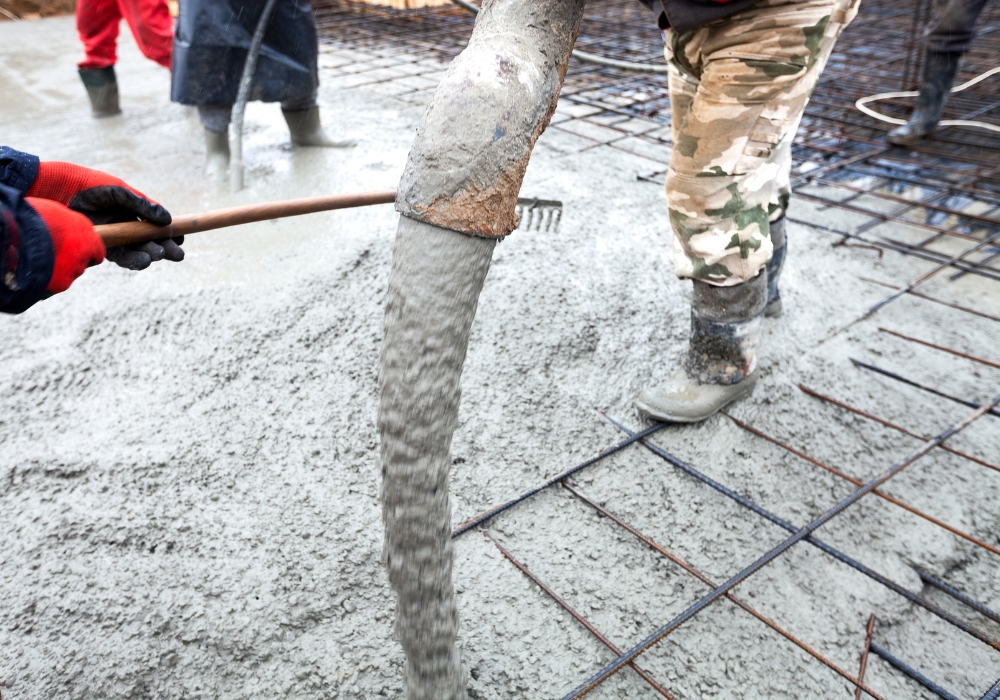
Preparing the Site
Before concrete is poured, the site must be properly prepared to provide a stable base. Preparation begins with clearing the area of grass, roots, rocks, and any debris that could weaken the slab. The slab dimensions are then marked out accurately to guide excavation.
Excavation is carried out to the required depth, ensuring enough space for both the base layer and the concrete itself. Once excavation is complete, the ground is compacted to prevent sinking or shifting later.
These steps ensure the slab has a firm foundation and can withstand weight without cracking. Skipping or rushing site preparation increases the risk of uneven settling and long-term structural issues.
Setting the Formwork
Formwork shapes the slab and keeps the concrete in place during the pour. Timber or steel boards are set up around the slab area, secured tightly to create straight, clean edges.
The formwork also controls slab thickness, which is critical to performance. A slab that is too thin may fail to support the intended load, while one that is uneven can create drainage problems. Correctly installed formwork ensures the concrete cures to the right depth and dimensions.
Formwork is temporary, but its role is essential. Once the concrete has hardened, the boards are removed, leaving behind a slab with defined edges and consistent thickness.
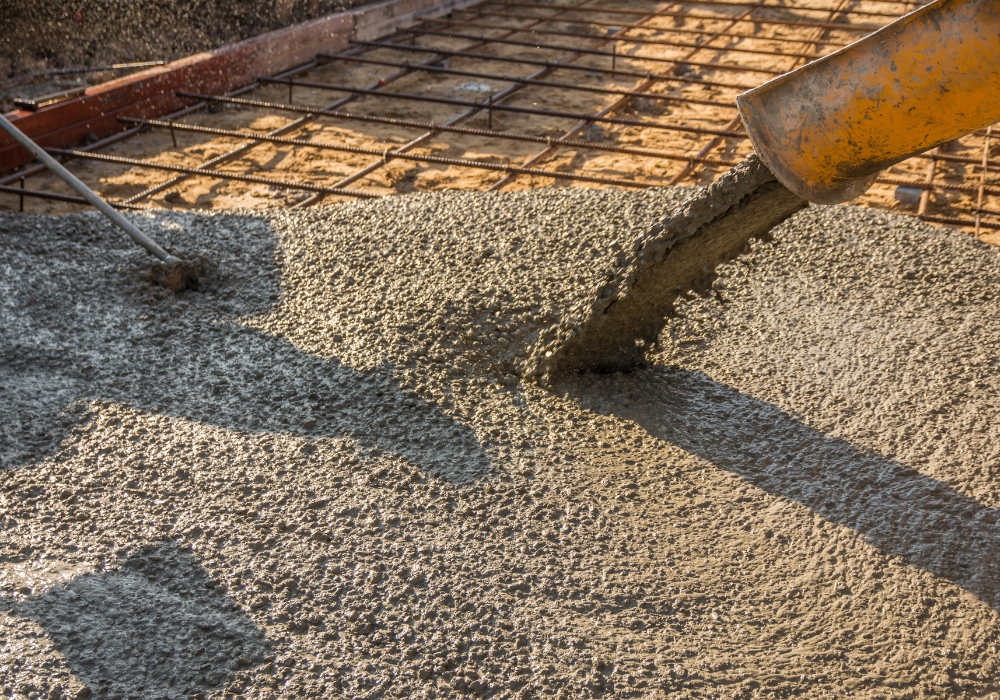
Laying the Base and Reinforcement
After the formwork is set, a stable base is prepared to support the concrete. A layer of crushed rock or gravel is spread evenly across the ground to improve drainage and reduce the risk of water pooling under the slab.
A plastic moisture barrier is usually placed over the base. This prevents rising damp from weakening the concrete over time. On top of this layer, reinforcement such as steel mesh or rebar is added.
Reinforcement strengthens the slab and helps control cracking caused by weight, ground movement, or temperature changes. With the base, barrier, and reinforcement in place, the slab is ready for the concrete pour.
Pouring the Concrete
Once preparation and reinforcement are complete, the concrete is poured into the formwork. For large slabs or sites with limited access, concrete pumps are often used to place the mix quickly and evenly. Services such as Marcrete Concrete Pumping provide efficient delivery and placement for both residential and commercial projects.
As the concrete is poured, rakes and vibrators are used to spread and settle the mix. This helps remove air pockets and ensures the slab fills every corner of the formwork. Even distribution is critical to achieving strength and preventing weak spots.
A consistent pour also supports curing, as the concrete sets more evenly across the slab. With the concrete in place, the surface is ready for levelling and finishing.
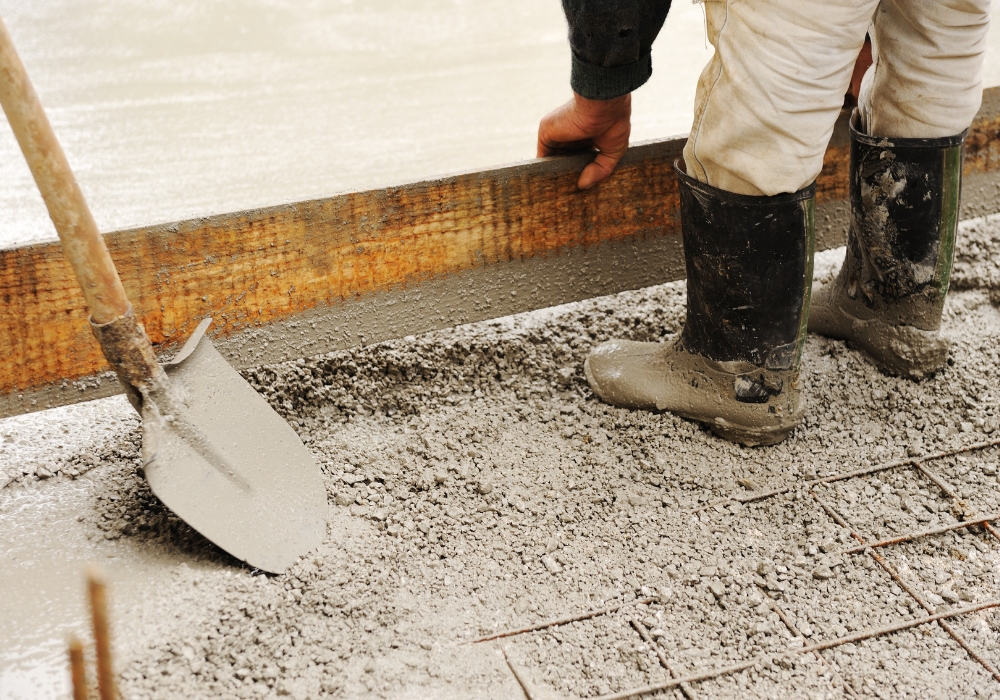
Levelling and Finishing the Surface
After the concrete is poured, the surface must be levelled to achieve strength and function. Concreters use screeds, long straight tools, to smooth the surface and remove excess material. This step ensures the slab is flat and consistent in thickness.
Finishing follows the levelling process. Depending on the project, this may involve floating to create a smooth surface, edging to define slab borders, or adding texture to improve grip. For decorative projects, coloured or patterned finishes may also be applied.
The quality of finishing affects both appearance and performance. A properly finished slab resists wear, drains effectively, and provides a reliable surface for its intended use.
Curing the Slab
Concrete gains strength through curing, not just drying. Curing is a chemical process that hardens the mix and gives the slab durability. If curing is rushed or neglected, the slab may weaken and develop cracks.
To support curing, the slab is kept moist using water sprays or covered with plastic sheets to prevent rapid evaporation. Initial curing takes about 7 days, during which the slab reaches most of its strength. Full curing generally takes up to 28 days, ensuring the concrete can handle heavy loads.
Proper curing is essential for long-term performance. It prevents early damage, improves resistance to wear, and ensures the slab lasts as intended.
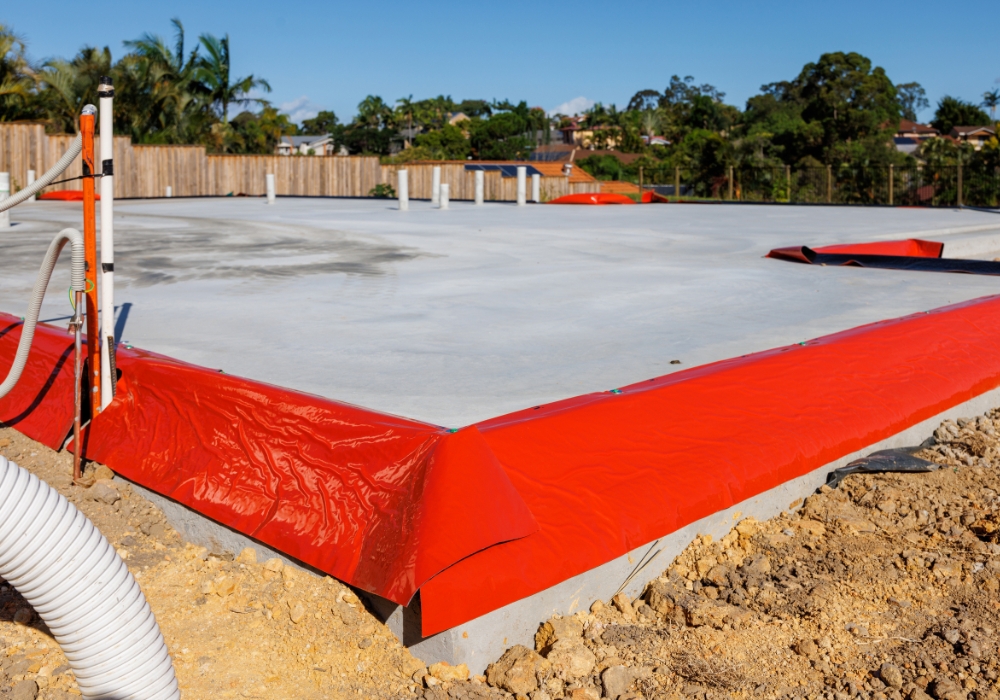
Common Mistakes to Avoid
Pouring a concrete slab may seem straightforward, but mistakes made during preparation or pouring can lead to weak spots, cracks, or costly repairs later. Paying attention to each stage is important for strength and durability.
Some of the most common include:
- Skipping site preparation
- Incorrect slab thickness
- Insufficient reinforcement
- Poor curing
- DIY errors
- Ignoring weather conditions
Each of these mistakes affects how the slab performs over time. Skipping preparation leaves unstable soil that can cause sinking. Slabs poured too thin may not support loads, while uneven thickness creates drainage issues. Without reinforcement, concrete becomes more likely to crack under stress.
Poor curing weakens the slab and shortens its lifespan. DIY attempts often lack the right tools and knowledge, leading to rough finishes and weak edges. Weather also matters—extreme heat or rain can damage the curing process if not managed properly.
Avoiding these problems ensures the slab is reliable and long-lasting, which is why many projects are best handled by professional concreters.
Why Hire Professionals
Pouring a concrete slab is more complex than simply mixing and placing concrete. Each stage requires the right tools, planning, and knowledge to ensure the slab performs as intended. Mistakes in preparation, thickness, reinforcement, or curing can lead to long-term structural problems that are expensive to fix.
Professional concreters bring the skills and equipment needed to complete each step correctly. They know how to prepare the site, set accurate formwork, and apply reinforcement for strength.
Access to tools such as concrete pumps allows them to handle large pours or areas with limited entry efficiently. Their finishing techniques also ensure the surface is smooth, durable, and suited to the project’s purpose.
Hiring experts such as Concreters Maitland ensures slabs are built to standard and meet safety requirements. Their knowledge and resources reduce risk and provide lasting results.
FAQs
How thick should a concrete slab be?
Most slabs for patios or driveways are around 100 mm thick, while house foundations may need 150 mm or more depending on the load.100
How long does it take to pour a slab?
The pouring process usually takes a few hours, though site preparation and curing add extra time before the slab is ready for use.
Is reinforcement always required?
Yes, reinforcement such as steel mesh or rebar is recommended to increase slab strength and reduce cracking.
When can a slab handle heavy loads?
Light use is possible after 24 to 48 hours, but heavy vehicles or structures should wait at least 28 days for full curing.
What role does weather play in pouring slabs?
Hot or wet conditions affect how concrete cures. Professionals use methods to protect the slab from damage during extreme weather.
